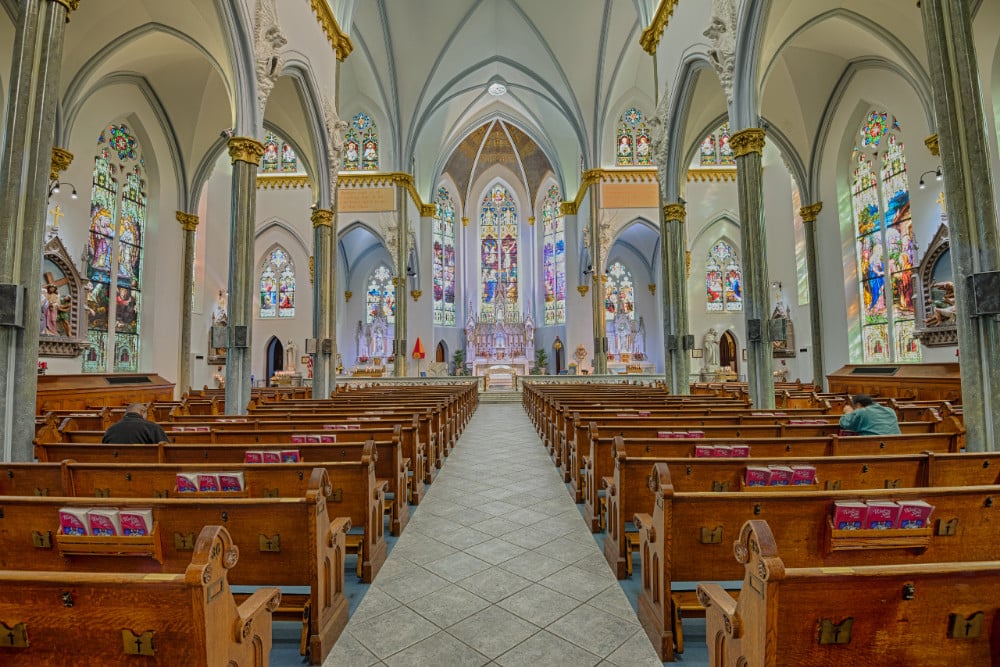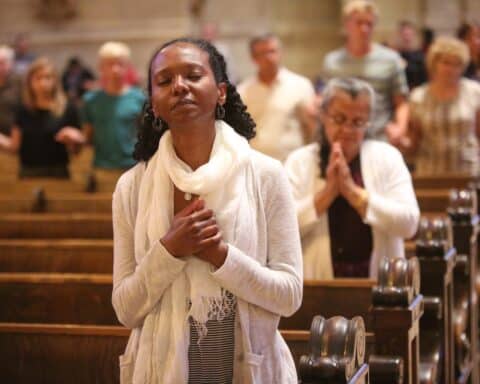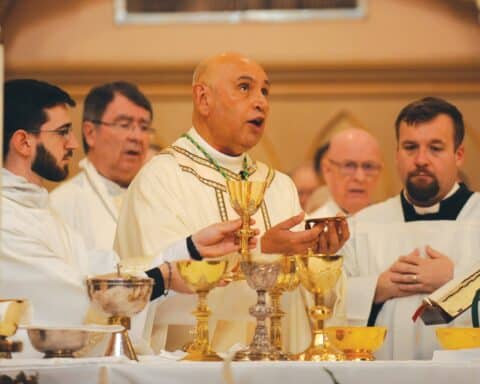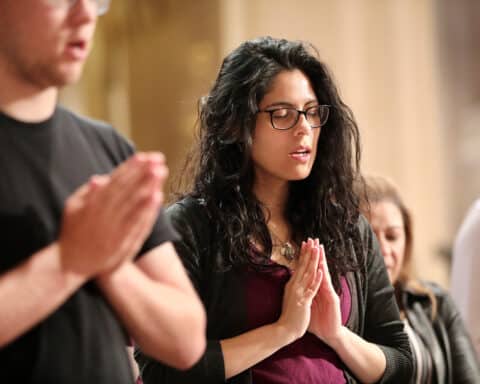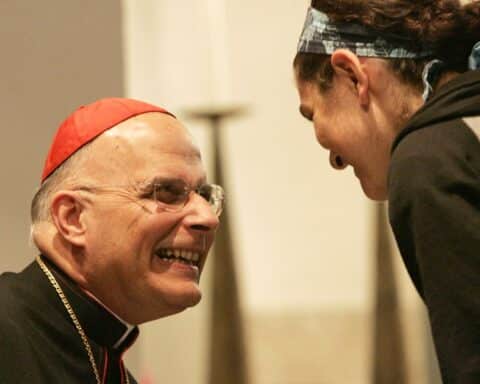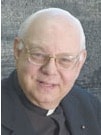
Anywhere, fervent discipleship always has been the less traveled road. Human nature creates hurdles and detours. The Church is obligated to bring Christ to humankind, as best as it can, but it cannot do everything. Faith is personal. Sin is powerful.
Today in the United States, regular attendance at Mass is distressingly bad and getting worse. A considerable number of Catholics say that they do not believe in the Real Presence of the Lord in the Eucharist, not to mention Catholic moral teachings.
For half a century, vocations have been going down. Where did all the nuns go? As traditional Church services, schools, organizations and Church media die, people lose the touchstones that once connected them with their religion.
Defection and disillusionment with religion especially involve the young. People do not trust the Church, at times because bishops and priests shot themselves in the feet.
Every statistic for institutionalized religion overall in this country is discouraging. Something is not working in most, if not all, denominations. Of two of the major American Christian religious bodies, the United Methodist Church is formally dividing because members are unable to agree on gender issues, and the Southern Baptists furiously are struggling with sex abuse of youth by their church personnel.
The general mood of modern culture is a curse on humanity. Nobody trusts anybody. Everybody is afraid. People dismiss any notion of God.
During the first six decades of the 20th century, developments suggested that European — and to an extent, Latin American — Catholicity was going downhill. European popular response to then-contemporary liturgy, essentially as practiced for four centuries, was discouraging, driving the liturgical revisions of Pope St. Pius X at the beginning of the 20th century, and in the 1950s, to actions by Pius XII.
When, and how, had the decline begun? Was it with the French Revolution, the exaltation of the individuality of persons and rejection of powerful structures, or when mechanics and production of goods became the norm in the Industrial Revolution, when workers demanded respect?
Was it a result of movement from farms to cities? Of widespread schooling? Of mass communications? Or of the wars that so terrifyingly devastated Europe, then the beating heart of Catholicity.
Americans had another story to tell. They told it with pride.
Many Americans had recent forebears who immigrated from Europe, resolutely clinging to the Church, often the only sweetness and light in their existence. Bigotry had caused Catholics to circle the wagons. Finally, Catholics had political and financial power. One of their own, John F. Kennedy, occupied the White House. Their universities and hospitals were landmarks, their patriotism a proven source of national strength.
Europe was different. Some think that Pope St. John XXIII convened the Second Vatican Council because he saw problems in Europe, as had his predecessors (Pius X, Benedict XV, Pius XI and Pius XII), and because Latin American Catholicism was weakening.
The council pursued the premise that if the Church returned to ways practiced by the apostles, dropping the additions and accidentals laid upon Catholicism throughout history, looking evil in the eye, and praising God, the miracle of the Church’s appeal in early Christianity would be recaptured.
Hopes were high. Pope St. Paul VI readily implemented council decisions, as did bishops worldwide, changing catechetics and liturgy, stressing human rights, confronting old prejudices, promoting lay discipleship, addressing social, economic and political questions, as well as international relations, pursuing Pius XI’s great plan of Catholic action to redeem humankind.
Many American Catholics wondered why all the fuss. Things seemed great.
Maybe the basic problem was that European and Latin American Catholicism at that time was entrapped by the culture it sought to save, and that human nature will always be human nature.
Maybe that is the American Catholic problem today.
Msgr. Owen F. Campion is OSV’s chaplain.

